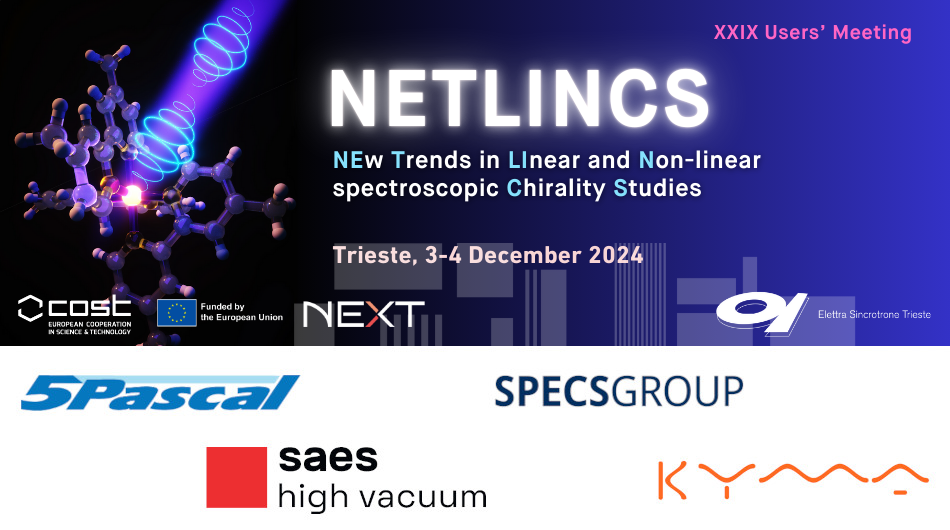Chirality-sensitive, large-cross section Photoelectron Circular Dichroism (PECD) — the forward-backward asymmetry in photoemission from chiral molecules photoionized by circularly polarized light — uniquely connects molecular electronic structure to chirality. In addition, core-level PECD is site-specific and sensitive to chemical environment and especially to the conformation of small...
Time-resolved circular dichroism (CD) is a powerful technique to investigate the dynamics of conformational changes in molecules and in biomolecules. Starting from a pump-probe configuration, it consists in measuring the CD of the pump-excited molecules to gain information on the relevant timescales. Complementary experiments on short (picoseconds) or longer (microseconds) timescales have been...
The incorporation of chiral structures into photochemical systems is a powerful strategy to control their functions [1]. For example, uni-directional molecular motors, chiral photocatalysts, and chiral metal nanostructures have achieved exceptional levels of stereocontrol over mechanical motion, energy transfer, and electric charge-carriers on the nanoscale. However, the direct...
Since the pioneering transient circular dichroism (CD) experiments of Xie and Simon$^1$ and Kliger$^2$ more than three decades ago, laser technology has developed enormously, and highly stable, ultrashort broad-band pulses for extremely sensitive differential absorption measurements at wavelengths from the mid-IR to the far UV have become routinely available. Yet, progress in time-resolved CD...
Selective absorption of light at specific frequencies determines the color of an object and results from the discrete energy levels of atoms or molecules in the material. This selective absorption also occurs when the handedness of polarized light interacts with the non-superimposable mirror image of a chiral object, as in circular dichroism (CD). Tunability of light absorption, it is...

